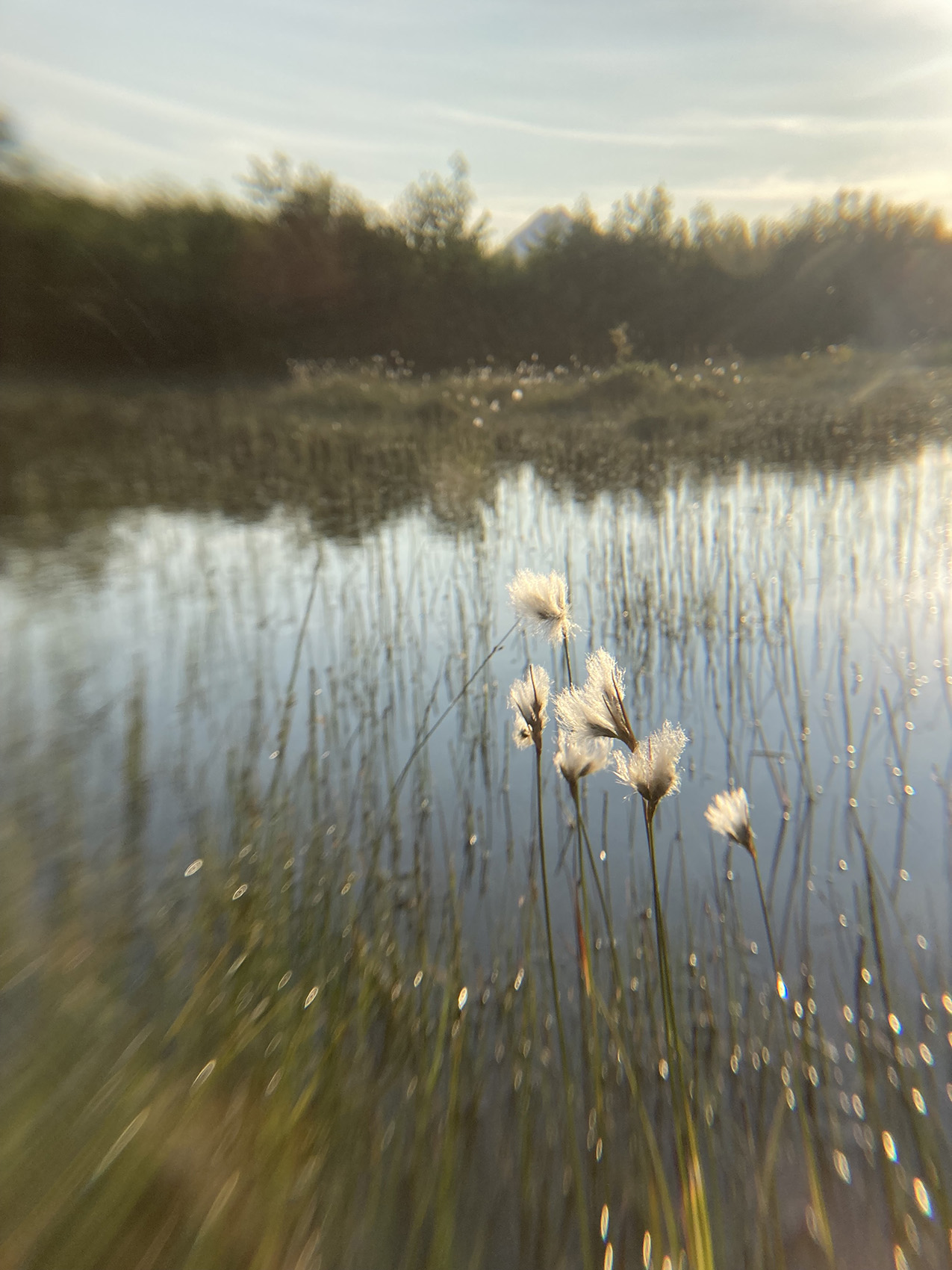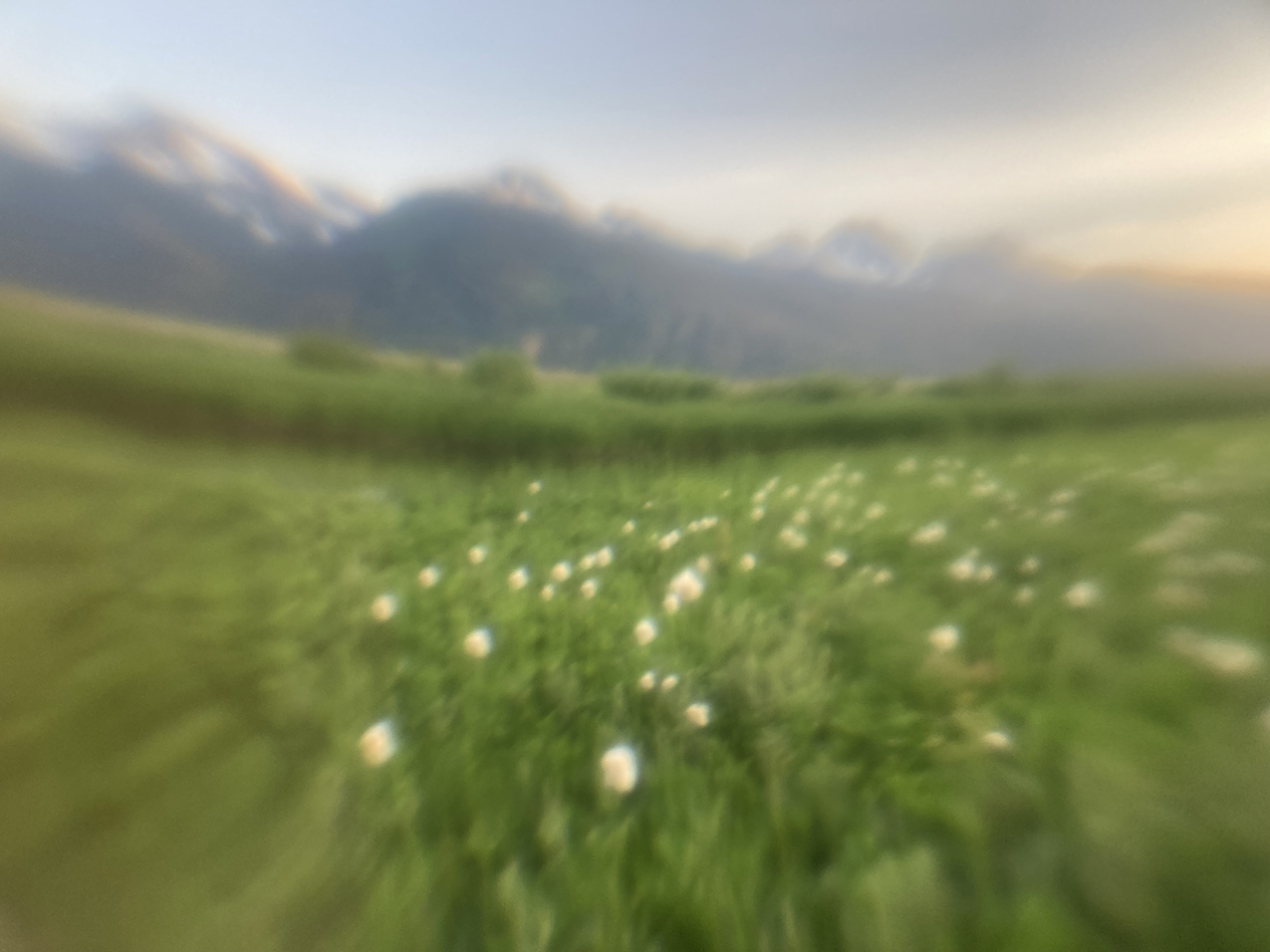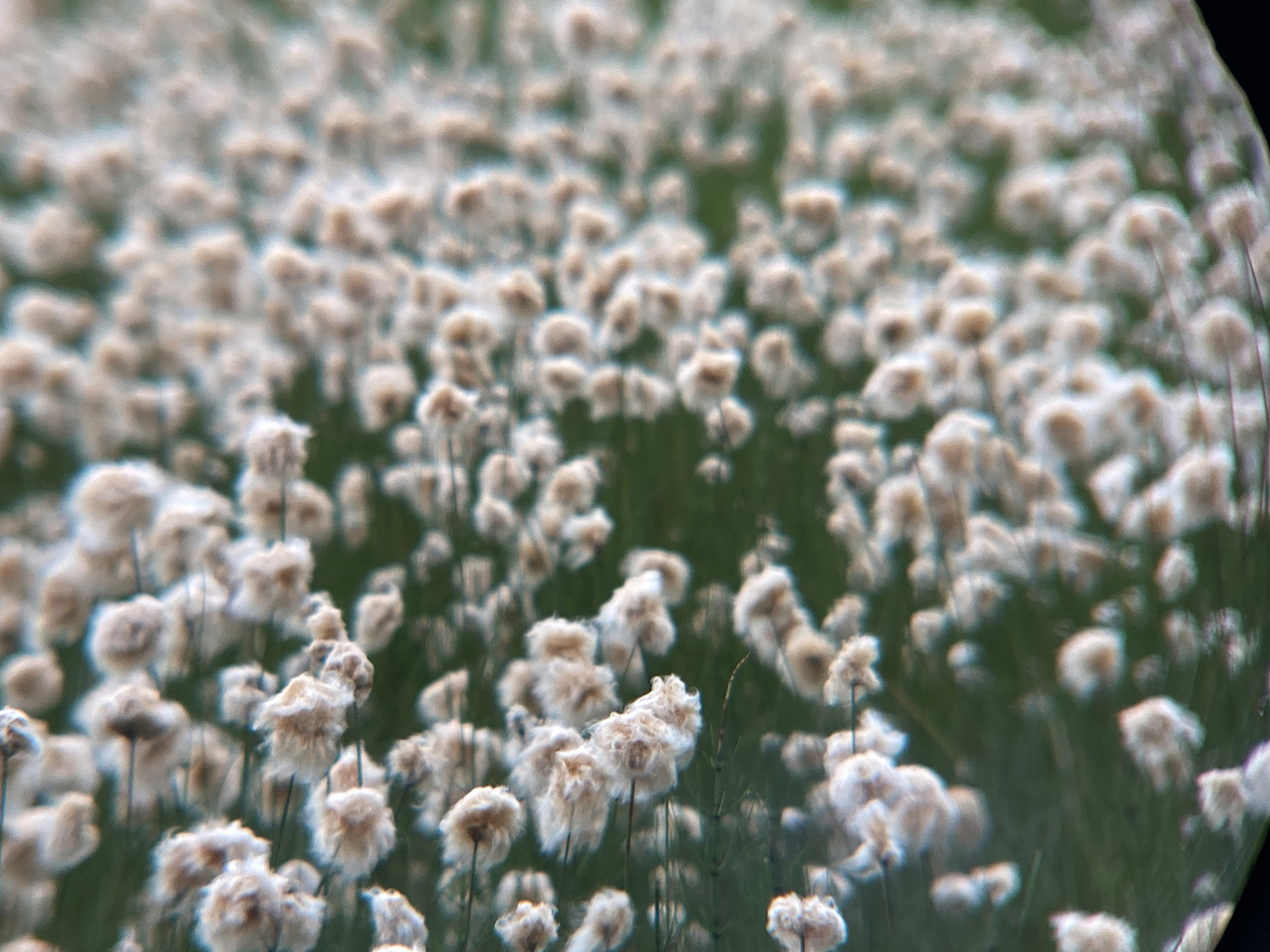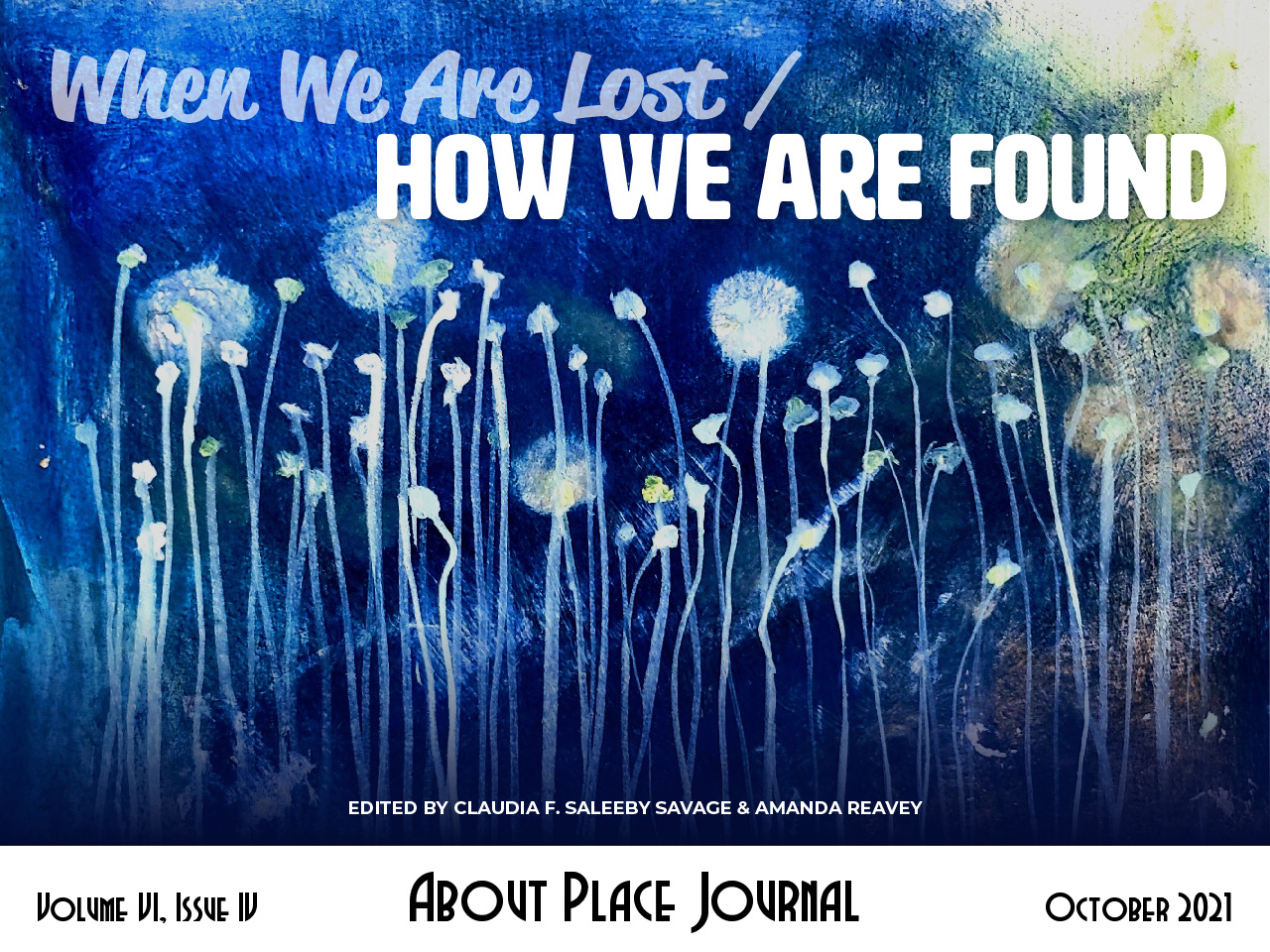



As the words used to describe my home landscape continue to change, both culturally and seemingly unexpectedly, my attention has focused on regeneration through seeds. A landslide ripped through our town last winter, taking two beloved community members with it. What will be the first plants to live where they once did? How long will the scar last in the landscape before it becomes unrecognizable? Will humans forget what happened there? How will the land share this story in five, ten, one hundred years from now? The ground that let go was oversaturated with heavy snow topped with what some call “five-hundred year” winter rains. Alaskan winters are projected to become warmer and wetter; we’ve been experiencing this for the last several years. Will warmer winters make way for different plants to populate areas previously too cold for survival?
Cottongrass grows throughout the Circumpolar North and is known as a staple for small mammals, a heat source, a wound dressing, a filling to lay one’s head on to rest, and as an indicator of what’s to come. A fan of nitrogen, cottongrass populates recently thawed areas where permafrost has given way to warmer ground temperatures. Should this seed be redefined in a different survival light? What can we learn from a plant that thrives in thawed wetlands? What can we see in them that we can carry within ourselves? What stories do they carry that we have yet to hear? When will they show up, or will they disappear?


